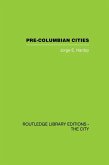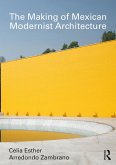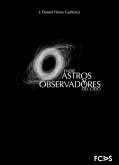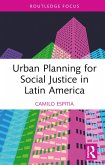Neo-Gothic architecture is a global phenomenon observed in Mexico from the 1850s to the mid-20th century, even with current examples. In Mexico there are more than 500 buildings with some neo-Gothic element: new parishes and churches, large temples, examples of exterior decorations, beautiful sacred furniture and art inside the temples, funerary elements at cemeteries (graves, mausoleums, tombs) and civil buildings (mansions, houses, schools' hospitals, porticoes so on. This architecture in Mexico spread in two ways: through architecture teaching academies, but also, thanks to the diffusion of bishops and priests who showed images and engravings for master builders, stonemasons, and other local artisans to copy. Finally, they built these buildings, many times with the support of the parishioners. Also, the economic and political elites built mansions and houses in that style to show their wealth and financial and political power. Something they also did in their tombs and pantheons, since there are many built in that style.
A book on the characteristics, agents and causes of the development of the neo-Gothic style in Mexico is pioneering and the first of its kind. It is a type of architecture extraordinarily little studied in Mexico. A study of these characteristics would be of interest to a sector of the academy interested in the topics of history of architecture, art, studies on religion and culture in general. This book covers a huge gap in knowledge about an architectural style widely spread worldwide and that is widely unknown in Mexico and Latin America and that today is already a cultural heritage to be protected, disseminated, and valued.
Dieser Download kann aus rechtlichen Gründen nur mit Rechnungsadresse in A, B, BG, CY, CZ, D, DK, EW, E, FIN, F, GR, HR, H, IRL, I, LT, L, LR, M, NL, PL, P, R, S, SLO, SK ausgeliefert werden.









